
Puddle Jumpers Disabled In Mid-Ocean
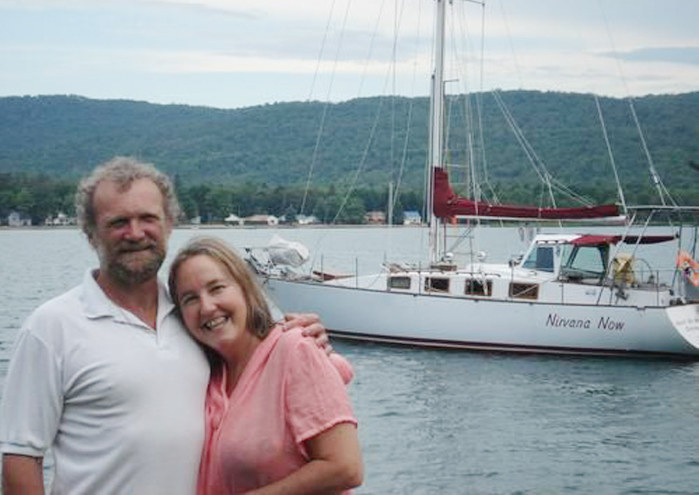
©Latitude 38 Media, LLC
Having traveled nearly 3/4 of the distance from Panama to French Polynesia, the Canadian-flagged S&S 42 Nirvana Now became disabled early yesterday due to rudder and mast rigging problems that were reportedly caused by some sort of wave action. As of yesterday’s radio contact with the US Coast Guard, their position was 8°09′ S, 119°00′ W, roughly 500 miles south of the equator and 1,200 miles east of their intended landfall in the Marquesas. Nirvana Now is one of 209 boats currently registered with the annual Pacific Puddle Jump.
The update this morning is that the North Carolina-based Caliber 40 Continuum and the British superyacht Athos of London are both relatively close by and have offered to render assistance. According the Coast Guard sources, if adequate repairs cannot be made, Nirvana Now‘s Canadian crew, Randy and Dawn Ortiz, may elect to abandon ship and catch a ride to the islands. This is the first reported at-sea emergency within the 2015 Pacific Puddle Jump fleet.
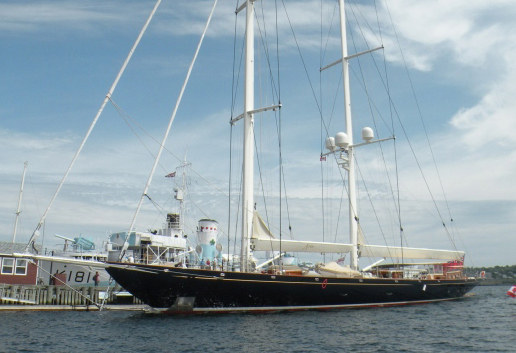
©2015Latitude 38 Media, LLC
Boat owners who register with the Pacific Puddle Jump sometimes question why we ask so many finicky questions about their boat’s description and the gear carried on board. The answer is that when emergencies arise we can quickly access our fleet database and share pertinent info with search and rescue organizations.
In the case of Nirvana Now, the US Coast Guard emergency command center in Alameda (Alameda RCC) contacted us for background info, and we were able to relay the boat’s SSB and HAM call signs, plus the vessel’s offshore email address (facilitated by SailMail). Also, that the vessel does have both an EPIRB and liferaft aboard, but no satellite phone. Although we have not met Nirvana Now‘s owners, Randy and Dawn Ortiz, we were able to pass on the somewhat comforting info that he is a retired marine engineer and she is a retired nurse.
We’ve long understood how various international agencies work together cooperatively when emergencies arise, but we’d never before seen a graphical image of where one RCC’s jurisdiction ends and another begins. As you can see by the accompanying graphic, the US Coast Guard’s jurisdiction extends all the way to Ecuador.
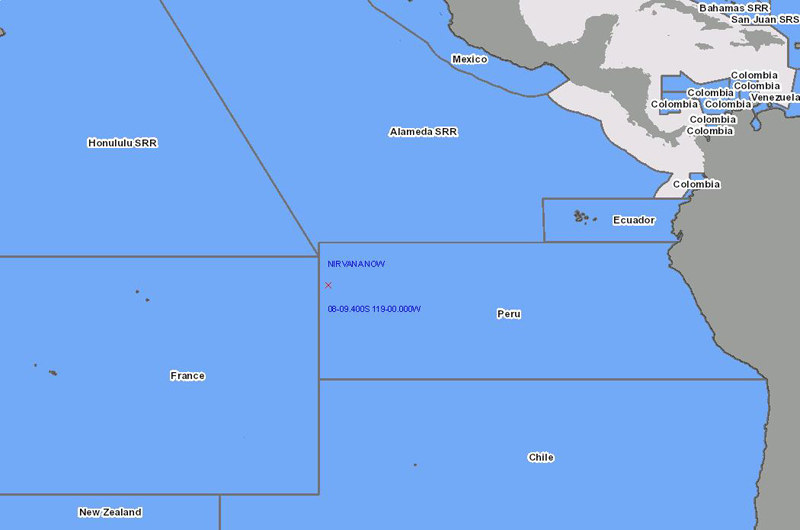
©2015Latitude 38 Media, LLC
While we’re on the subject, offshore sailors — or future offshore sailors — take note: RCC Alameda has overall responsibility for eastern North Pacific waters and can coordinate rescue efforts with South Pacific resources. Watchstanders monitor HF radio frequencies USB 4125, 6215, 8291 and 12290 KHZ, and can be reached by phone (or satphone) at (510) 437-3701. French Polynesia Search and Rescue (MRCC Papeete) can be reached by phone at (689) 40 54 16 16 or via email.
Do You Believe Louis Jordan?
Louis Jordan, 37, is the novice sailor who claims he spent 66 days at sea aboard his dismasted Alberg 35 before being spotted and rescued. The Coast Guard team that rescued him did something pretty unusual by calling the whole incident into question.
"We don’t have any reason to believe anything he told the media is false," said Coast Guard spokesman Nate Littlejohn. "However, we don’t know for a fact he was out at sea for 66 days. All we know is his family reported him missing on 29 January. We’ve not heard the whole story yet."
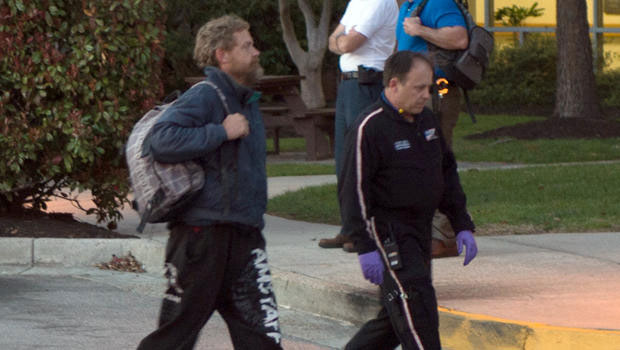
There are three things that initially made us skeptical. First, the repeated reports from numerous sources, including the normally reputable BBC, that said, “A German tanker spotted him [Jordan] sitting atop his 35-ft boat’s overturned hull 200 kilometers off the North Carolina coast.” There is no way that a full-keel Alberg 35 is going to continue floating some 60 days after she turned over. She’s going to the bottom, and in a lot less than 60 minutes. The explanation for this is that there was a miscommunication between whoever was on the German ship and news sources, and the news sources didn’t know enough about boats to follow up on the impossibility of an Alberg being upside down for so long.
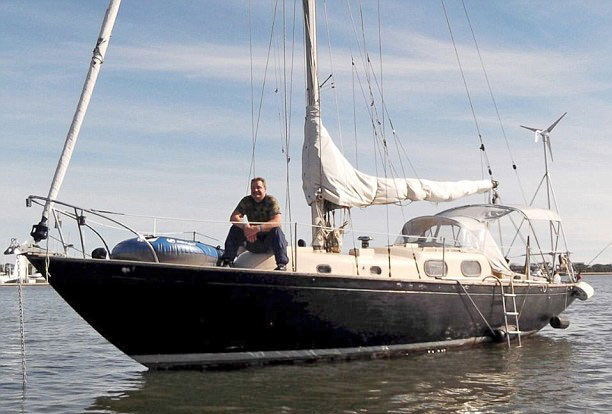
The second thing that makes us skeptical is that Jordan was found in the Gulf Stream not that far from where he took off. The Gulf Stream moves at 3-5 knots, and after 60 days would have put him off Ireland. On the other hand, he could have just been at the edge of the Gulf Stream, which has lots of back eddies.

The third thing that made us dubious is that the weather from January 6 to when he was rescued 66 days later, was anything but pleasant in the area where he was ultimately found. The Coasties who rescued him repeatedly said how surprised they were at how good a condition he was in.
On the other hand, Jordan apparently made no monetary or credit card transactions during the period he was supposedly lost at sea. Nobody reported having seen him during that time. He also lost 50 pounds. And if the story is false, what did he do, hide out for a couple of months, then deliberately go out and dismast his boat?
There is also the fact that others have survived long periods at sea. Take the case of Mexican fisherman Jose Salvador Alvarenga, who claimed to have ended up 6,000 miles to the west of Mexico, in the Marshall Islands, after drifting in a panga for 440 days. His story got more credence in 2006 when Mexican shark fisherman Jesus Vidana and his crew spent 270 days drifting from Mexico to those same Marshall Islands before being rescued by a Taiwanese tuna fishing vessel. The one case nobody doubts is that of U.S. sailor Steven Callahan who, in 1982, drifted across the Atlantic after a whale had sunk his sloop Napoleon Solo.
Racing Wrap-Up

Imagine traveling to a regatta halfway around the world only to find yourself duking it out with your homies. On April 2, Mike Holt from Santa Cruz YC and crew Carl Smit won the SAP 5o5 World Championship in Port Elizabeth, South Africa, with a day to spare. The defending world champions battled another SCYC team, Ted Conrads and Brian Haines, for supremacy. Conrads and Haines finished the series in third place behind the British team of Ian Pinnell and Johannes Tellen.
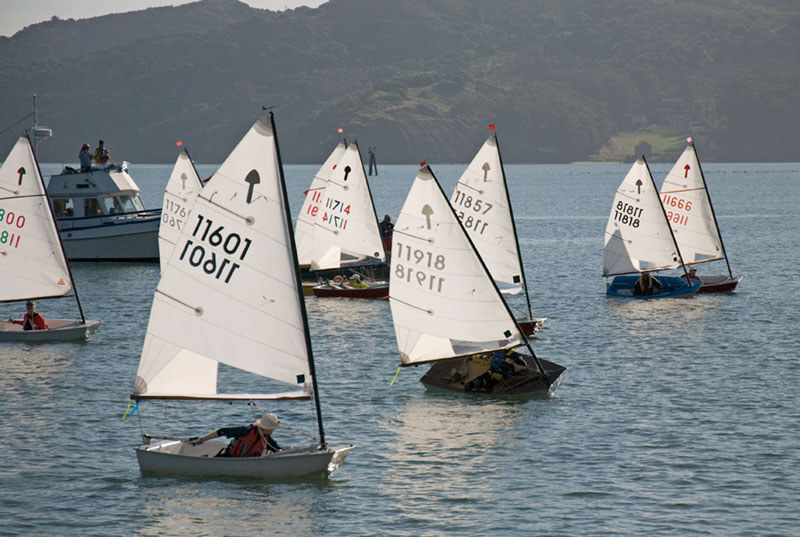
©Latitude 38 Media, LLC
Fred Paxton from Richmond YC also pulled off a repeat — of last year’s Bullship win. Saturday’s 62nd Bullship Regatta saw all 22 El Toros complete the course from Sausalito to San Francisco on the morning’s flood current. Although adverse for escaping Sausalito, a flood is preferable to an ebb, which can sweep the little 8-ft prams out the Gate. The race was mostly upwind, light at the start, breezy and choppy toward the end. See www.eltoroyra.org for details.
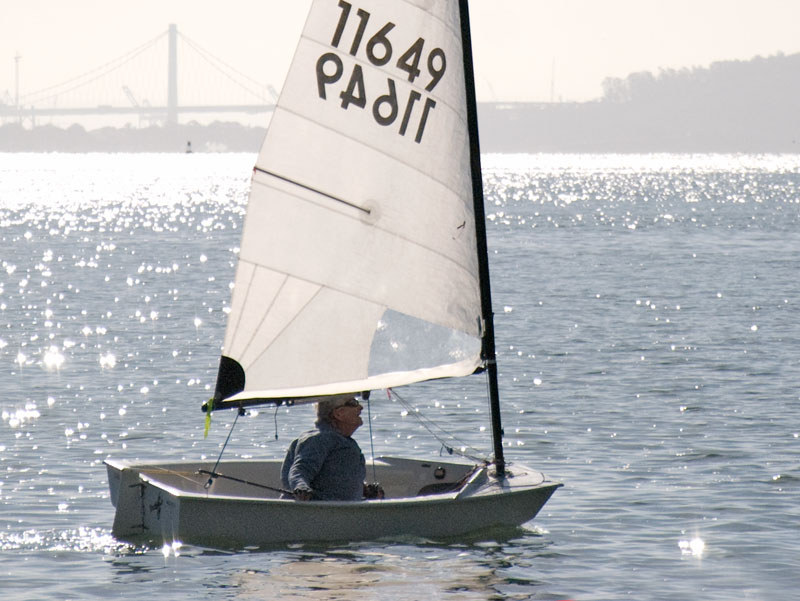
©Latitude 38 Media, LLC
Mike Burch, commodore of Cabrillo Beach YC, won the Association of San Pedro Bay Yacht Clubs 2015 Walt Elliott Harbor Challenge on Saturday. This regatta began in 1968, and CBYC has now won 15 times. The defending club, Long Beach YC, hosted the challenge in Catalina 37s. Three races were sailed under sunny skies in an 8- to 15-knot southwesterly breeze in Long Beach Harbor, in the area that has come to be known as Congressional Cup Stadium.
Official Problems at One Place in Mexico
For as long was we’ve been publishing Latitude 38, which is since almost the beginning of time, Puerto Madero, more recently known as Puerto Chiapas, has had a spotty reputation in the cruising community. Theft from boats was a nagging problem over the years. Mexican officials also interpreted laws in a way that prevented boat owners from getting much-needed valuable gear, in one case a new engine and in another case a new mast. In addition, cruisers often complained of getting the runaround from officials, who often had their hands out. Furthermore, over the years a number of cruisers reported they’d been intimidated by locals and officials alike, and sometimes feared for their personal safety. There was also the case of an older American sailor who was found dead on his boat in curious circumstances not far from what was then known as Puerto Madero.
Chiapas is the poorest state in Mexico, and officials realized they needed to do something to help the area. As a result, they opened a cruise ship port in 2005, and more recently created Marina Chiapas. The marina, and particularly the staff of Enrique and Memo, have gotten excellent reviews. And in the last five to 10 years the bad reports out of Chiapas seem to have stopped. Unfortunately, we’ve received a report that officials in Chiapas, as well as Talisman, home to the nearest Banjercito, have made life miserable for at least one cruiser.
The problem is that the official at the Banjercito office — where foreign boat owners get their Temporary Import Permit (TIP) — claims that when a boat leaves Mexico, her TIP has to be canceled. This is simply not true. Once you get a TIP for your boat, you can enter and leave Mexico as much as you want without having to cancel it or get another one. To make things worse, the official insists that boats that left Mexico without canceling their TIP are subject to a daily fine since the day they left. This is also absolutely wrong, too.
To make the case even more curious, Enrique and Memo, the fluent-in-English managers at Marina Chiapas say this is the first time anybody they know of has been hit with this incorrect understanding of Mexican law.
Unfortunately, Mexican officials call the shots and have a lot of autonomy. As a result, one cruiser has had to: 1) Pay about $700 U.S. in fines; 2) Make five two-hour trips to the customs offices at two border crossings; 3) Spend $300 U.S. on cab fares; 4) Pay for eight extra days at Marina Chiapas; and 5) Waste 30 hours in various government offices.
Latitude has forwarded all of the pertinent information to Tere Grossman, president of the Mexican Marina Owners Association, to try to get the official(s) in the Chiapas area straightened out. Until that happens, we have to suggest that cruisers consider bypassing Puerto Chiapas. This isn’t convenient, as it means northbound boats can’t stop at Chiapas and wait in port for a safe time to cross the notorious Gulf of Tehuantepec. And southbound cruisers would have to make a longer jump across Tehuantepec from Huatulco. Nor is this good for Puerto Chiapas or Marina Chiapas, both of which are trying to become welcoming destinations for much-needed visitors.
That said, let’s keep things in perspective. To the best of our knowledge, this is the only case of a big TIP problem following the huge and disastrous TIP fiasco of 2013-2014. Not only do officials and cruisers seem to be getting along very well, the new online forms and instructions for getting TIPs are superior to the original ones. If the problem in Chiapas can be nipped in the bud, all would seem to be going pretty well.
If you’ve been through Puerto Chiapas in the last year, we’d like to hear about your experience.
